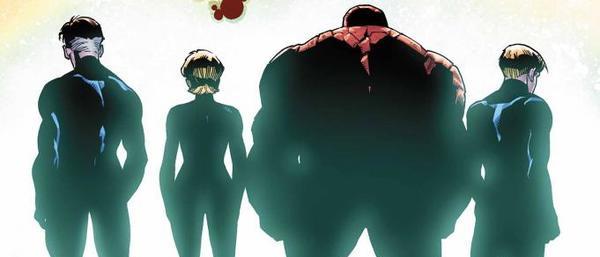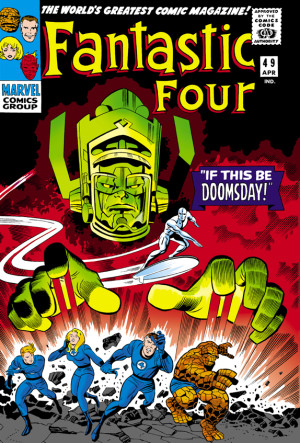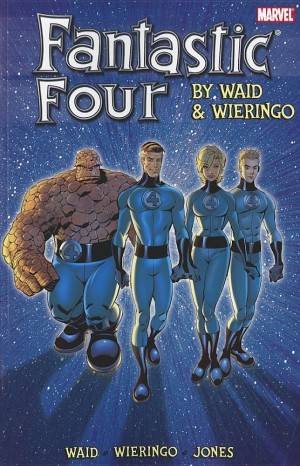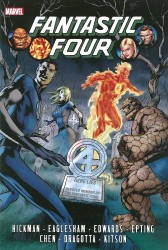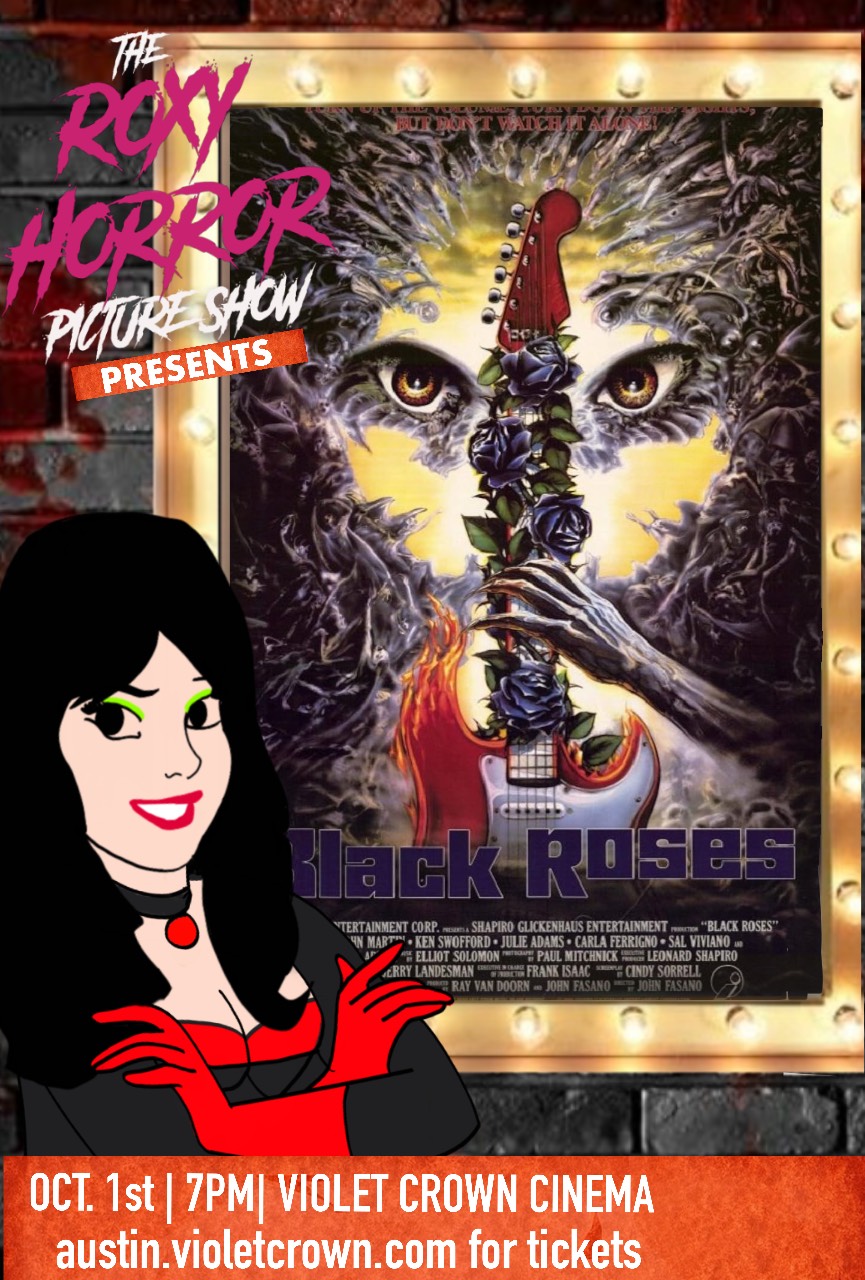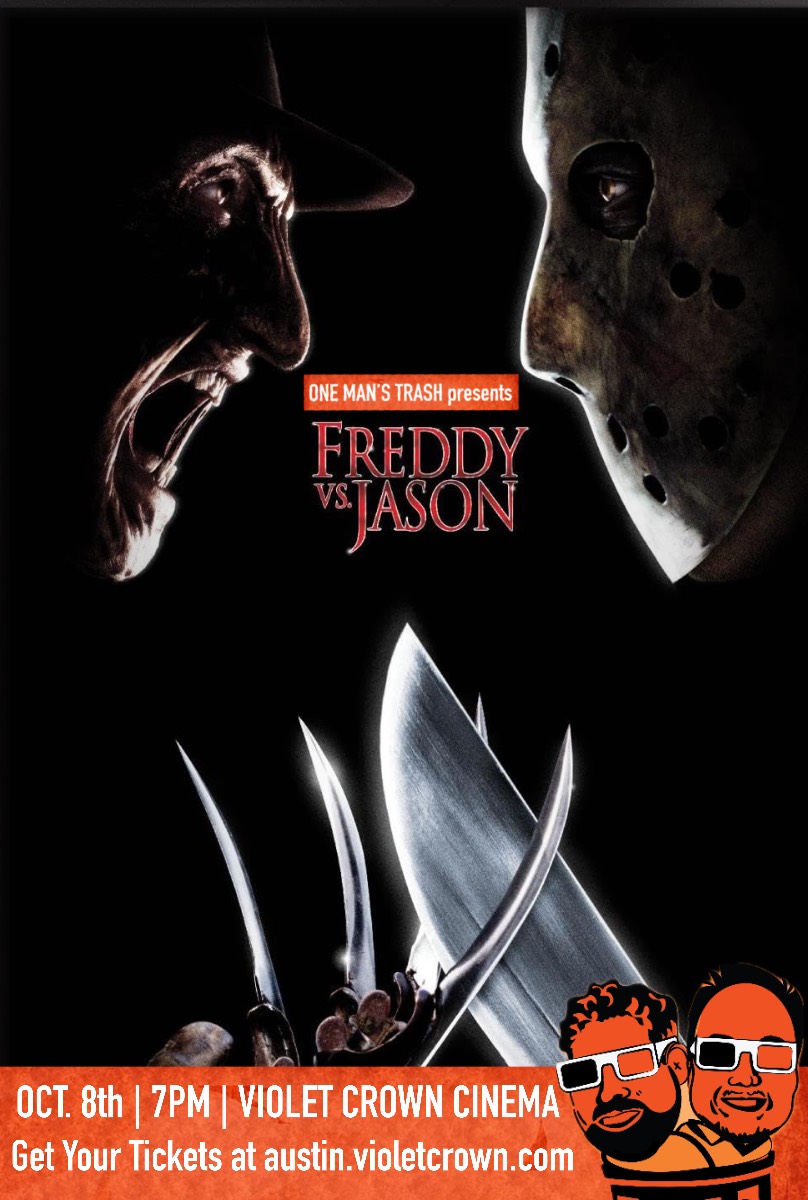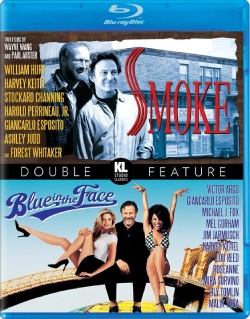This week, Marvel ended their longest running comic book series, The Fantastic Four. Announced months ago by the comic publisher, Marvel stated the cancellation was due to the book’s poor sales, though many have interpreted the move as an effort to further limit interest in 20th Century Fox’s Fantastic Four reboot. As sad as it is to see Marvel’s First Family coming to an end (for now), there are decades of stories worth reading.
In honor of Fantastic Four’s 54 years in publication (and finally finding the time to read some of FF’s best stories) I’ve selected a number of the team’s most critically-acclaimed runs that are essential reading for any Fantastic Four fan.
Stan Lee and Jack Kirby (1961-1970)
Widely known as the book that kicked off the Silver Age for Marvel, Stan Lee and Jack Kirby’s Fantastic Four was one of the most popular comics of the 1960s and early-70s. It was the run that first introduced readers to Mr. Fantastic, The Invisible Woman (originally called Invisible Girl), the Human Torch and The Thing. Unlike most superheroes of the 50s and 60s, the Fantastic Four were written as incredibly flawed characters who often fought and bickered with each other. Though they battled villains like the Skrulls, Mole Man, Namor the Sub-Mariner and their arch nemesis, Dr. Doom, Lee and Kirby were adamant about presenting them as explorers first, heroes second. The highlight of their impressive 100+ issue run remains “The Galactus Trilogy, which introduced the planet eating demi-god, Galactus, and his herald, the Silver Surfer.
It was this particular run that set the foundation for the comic industry for decades, paving the way for characters like Spider-Man and the Hulk. Though the material is noticeably dated, campy and features a number of painfully sexist moments, it’s still some of Lee and Kirby’s best work, and played a huge part in expanding the scope of the Marvel Universe.
John Byrne (1980-1986)
After several years of poorly written Fantastic Four stories under multiple creators, John Byrne (West Coast Avengers) managed to recapture the same sense of wonder and adventure that Lee and Kirby did in the 60s. Though Byrne shifted the focus back to the team’s family squabbles, he reinvented the Fantastic Four for a more modern audience, constructing stories that centered on the individual team members.
It was during Byrne’s tenure on FF that Invisible Girl (Sue Richards) renamed herself the Invisible Woman. Up until that point, Sue was often written as a clichéd damsel in distress, constantly being captured by the Fantastic Four’s enemies. Over the course of the “Malice” storyline, Sue unlocks her true potential, proving herself to be a competent fighter and a character of extremely strong will. Other highlights of the run include “The Trial of Reed Richards,” where Mr. Fantastic is put on trial for saving the life of Galactus, who had recently destroyed the home world of the Skrulls, and “Terror in a Tiny Town,” which presents the Fantastic Four living normal lives in a small idyllic all-American suburb, seemingly unaware of their time spent as adventurers.
Mark Waid and Mark Wieringo (2001-2006)
Mark Waid (The Flash, Daredevil) is one of the most creative minds in comics, and his work on Fantastic Four was just as impressive as his past projects. Ushering in Marvel’s First Famly for the 21st Century, Waid effectively balanced character drama and humor. He understood that the Fantastic Four are not superheroes, but explorers of the great unknown, diplomats for humanity and most importantly, a family.
There were many fun stories throughout Waid’s Fantastic Four, featuring everything from evil living equations to giant insects. However, the true highlight of Waid’s run was his focus on Dr. Doom. Though the Latverian dictator has appeared countless times throughout the history of the Fantastic Four, it was under Waid that he became truly frightening. The things that Doom does in the story “Unthinkable” are twisted, and it shows the lengths at which he goes to hurt the people he hates.
Mark Millar and Bryan Hitch (2008-2009)
With the exception of Superman: Red Son, I’ve either hated or been completely indifferent to the works of Mark Millar (Civil War, Kick-Ass). Whether it’s his strange fixation on hyper-violence, crude humor or complete inability to actually end a story competently, the guy has always rubbed me the wrong way. However, I was surprised to find that early on in his Fantastic Four run that he was both respectful and even reverent of the team’s family dynamic and history.
Personally, I found the first storyline, “World’s Greatest,” to be Millar’s best on FF. He invented many humorous scenarios that managed to be both fun and charming. Whether it was Johnny dating a super villain, Sue forming her own side-team of super heroines or Reed designing his own personal Doombots, the tone was very in tune with earlier runs in the series. His stint on the book is perhaps most famous/infamous for introducing the villainous Marquis of Death, a character that even Dr. Doom respects and fears. Sadly, like most of Millar’s projects, the book’s end (or complete lack thereof) is rather disappointing. While this is perhaps the weakest of the popular runs, it’s worth reading for the first few stories alone.
Jonathan Hickman (2009-2013)
Easily the most experimental and weirdest Fantastic Four series, Jonathan Hickman’s (New Avengers) take on FF stands out as my personal favorite. It is immediately apparent upon reading Hickman’s early issues that he had every intention of changing the status quo, using the “death” of one of the main members of the team to shake things up. It’s in this run that we are introduced to the Future Foundation, a new group created by Reed to better the future of humanity. The team’s roster also included several additions, most notably Spider-Man and a very cranky Dr. Doom.
Like the best writers before him, Hickman understood that Fantastic Four, at its heart, is always about family and friendship. Everything in his run was poignant and heartfelt. Notable moments like Valeria Richard’s interactions with Dr. Doom and Franklin Richard’s conversations with Spider-Man perfectly encapsulates the emotional depth of the entire run. Those who might be looking for a conclusion to the Fantastic Four will find that Hickman’s final issues serve as a proper send-off for the series.
What about you reader? What are some of your favorite stories featuring the Fantastic Four? Let us know in the comments below!
Interested in picking up some of the titles mentioned in the article? Please use our Amazon links to do so!


